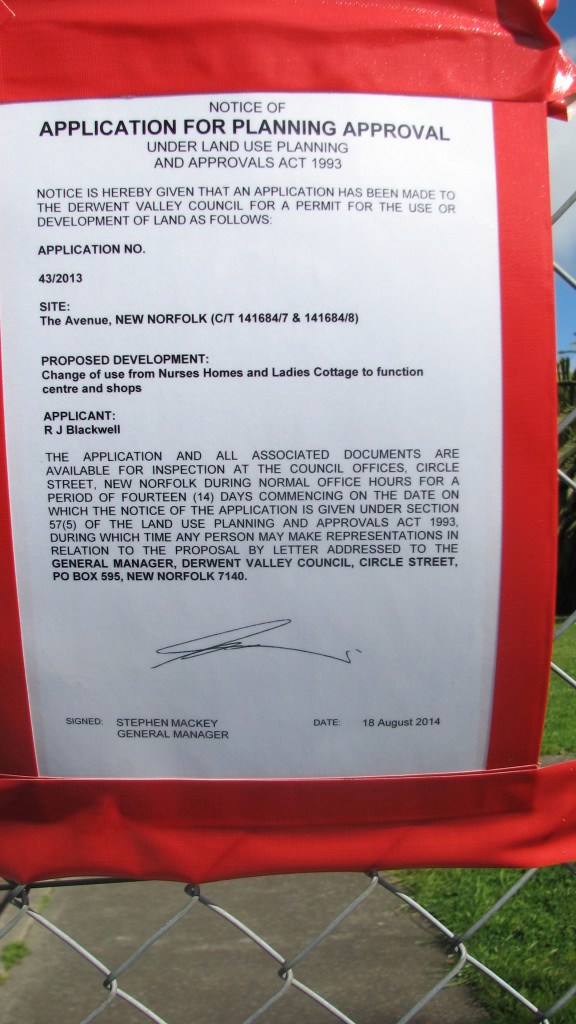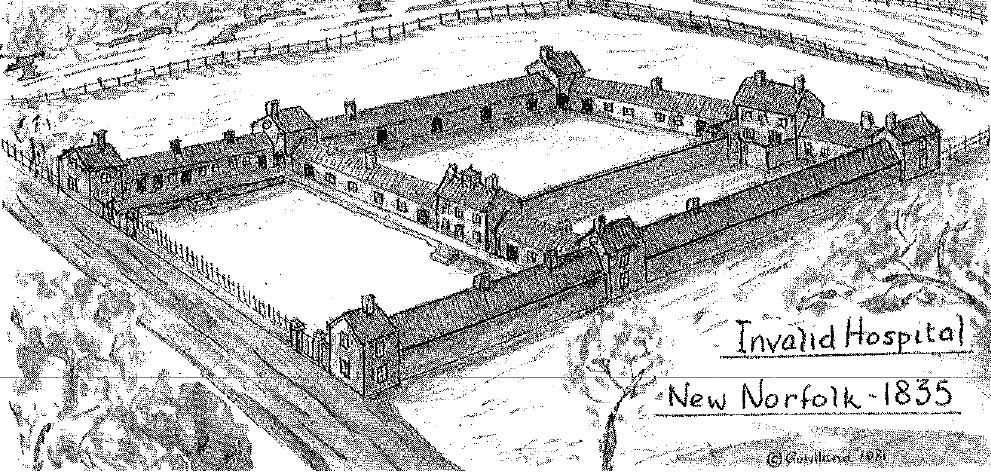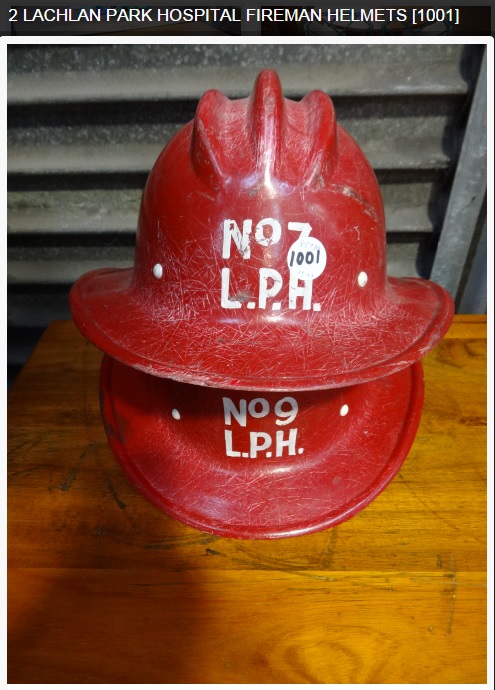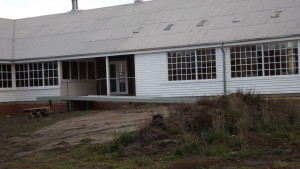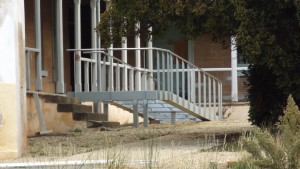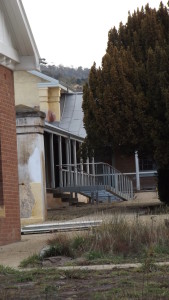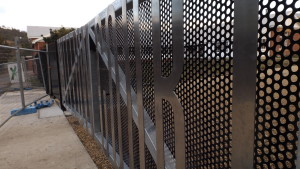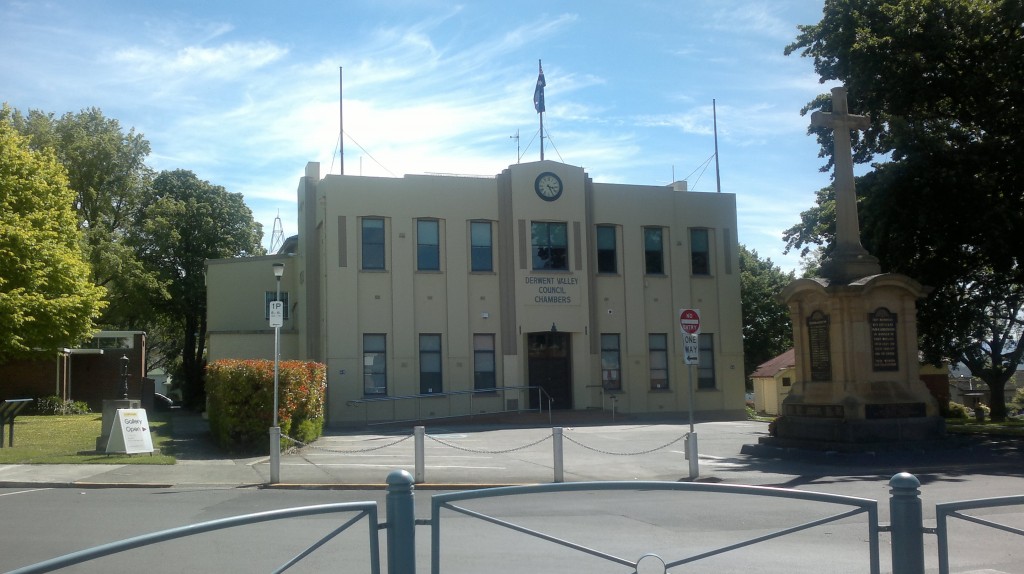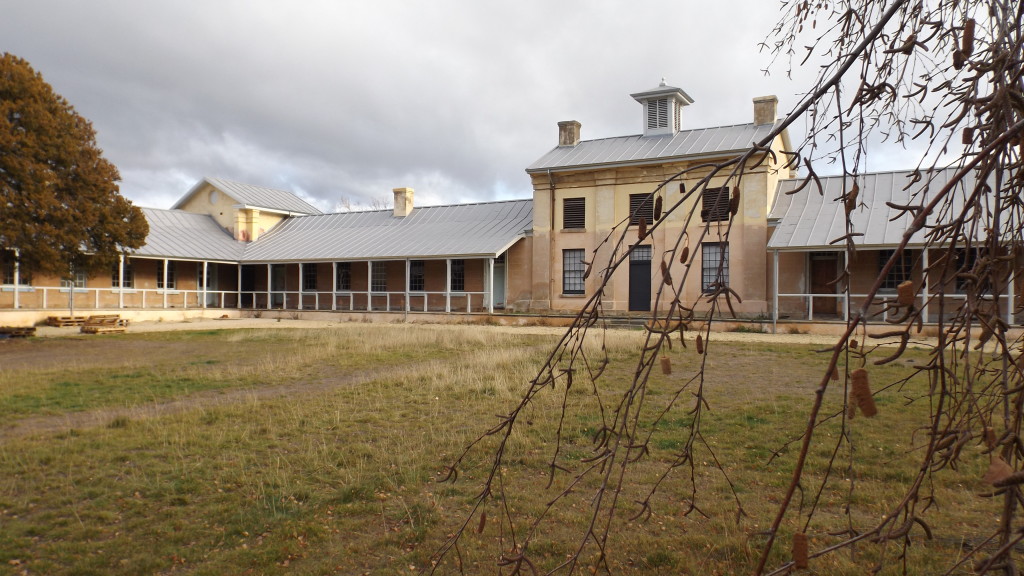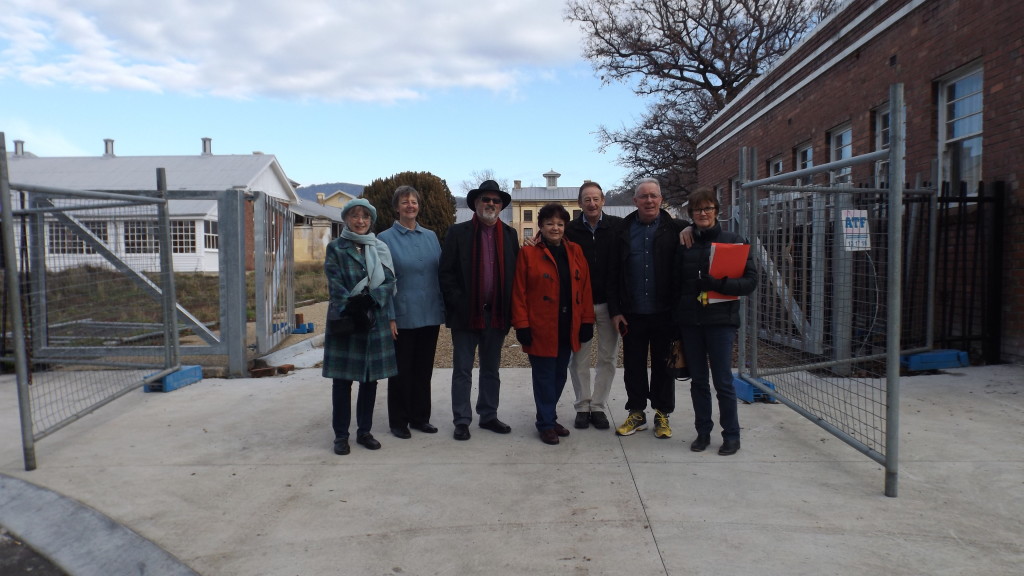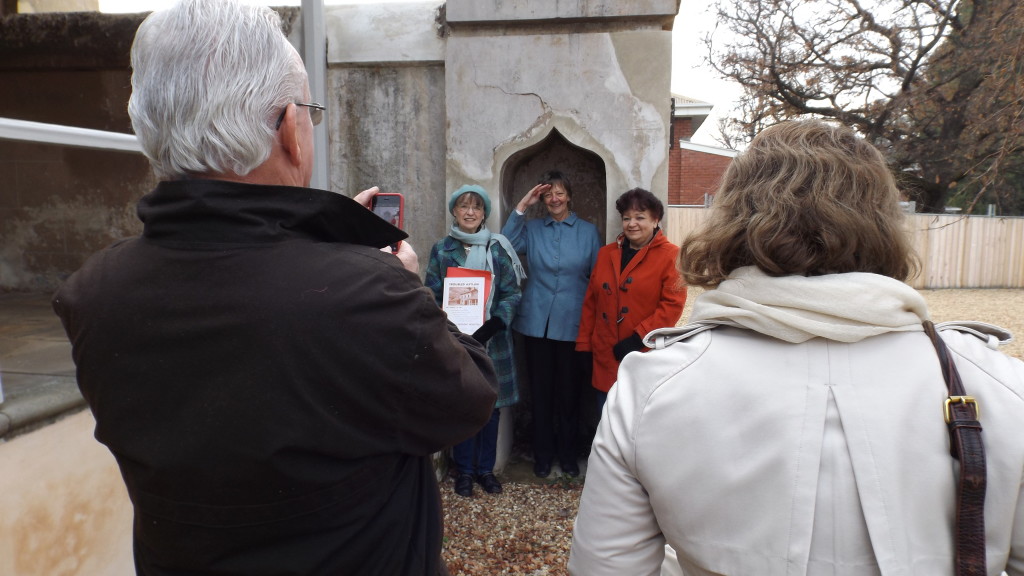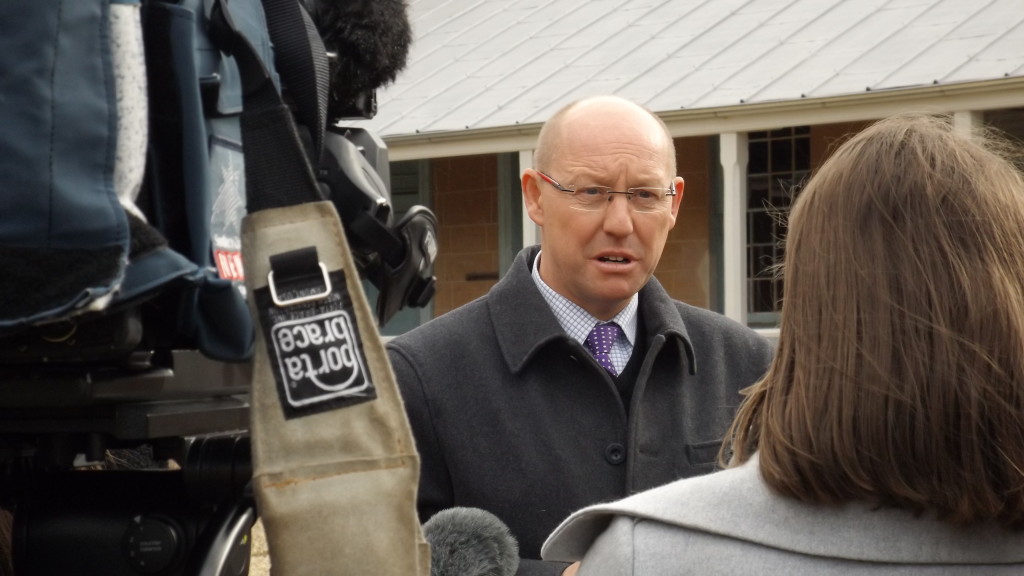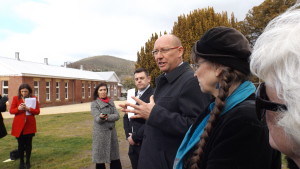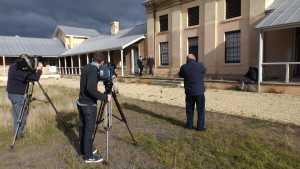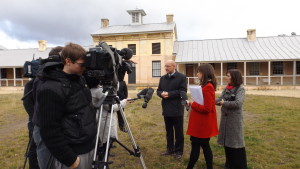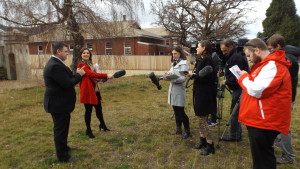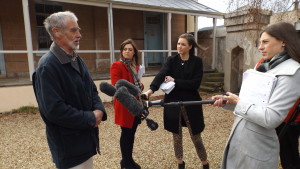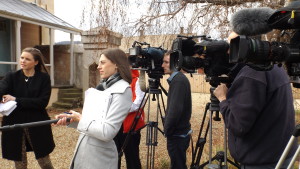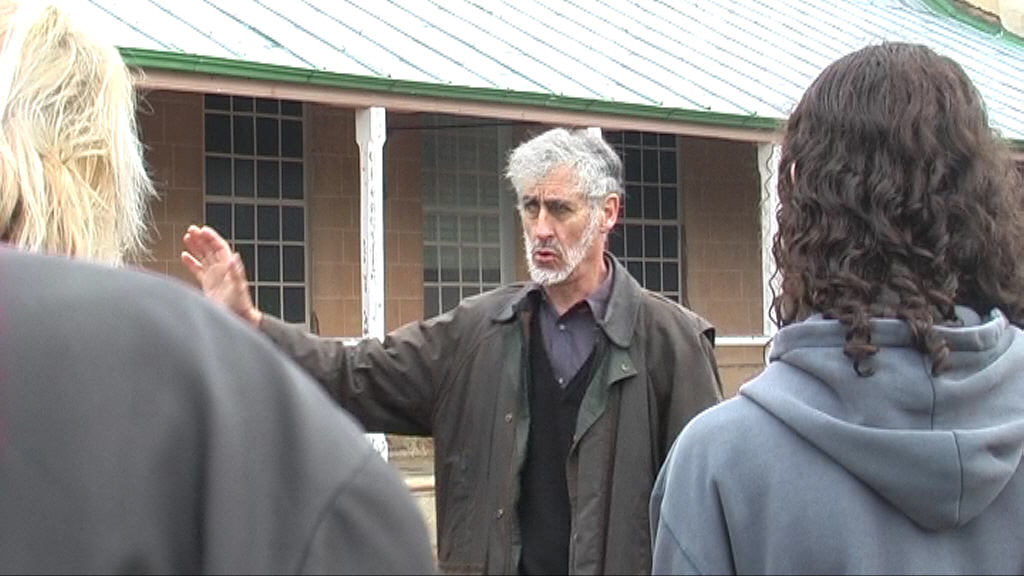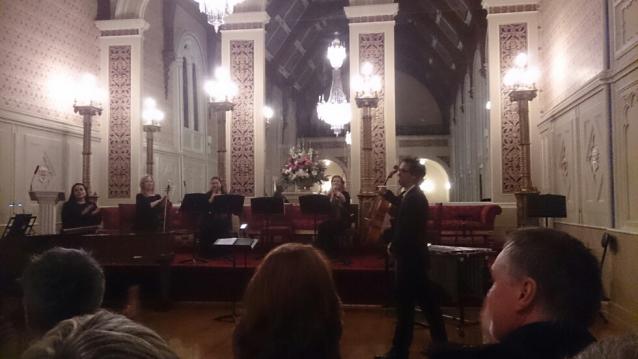A piece of history has come up for sale on, of all things, Gumtree. The old ward at Willow Court is owned by the Pierce family who own a number of buildings in the private section at the old hospital. Available for the grant price of $875,000 it is described as: Georgian masterpiece with 46 rooms built as a prison for the criminally insane females. Situated in the oldest colonial hospital complex in the southern hemisphere at New Norfolk on the Derwent River 30 minutes from Hobart g.p.o.zoned special development ,which would allow commercial or residential development. The surrounding heritage buildings have already been developed into Antique shops ,Coffee shops, Motel, Retirement apartments etc. 50 metres from Woolworths and 150 metres to Town Centre.
Gumtree advertisement. 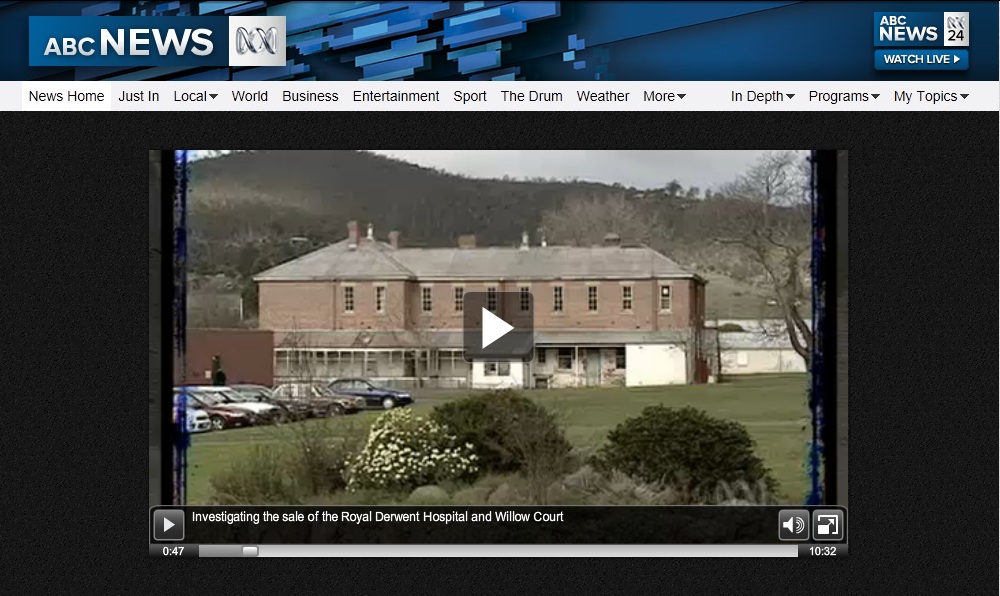
What isn’t mentioned in the advertisement is the land size, if any and what access is available to the property for sale. These things have become very important for other property owners in the same area and have previously lead to disputes between parties in that area.
The Ladies Cottage was separated physically from the barracks building complex and had the wall and a fence around it. It also had a ha ha in front of it so that patients could use the garden and could look out to the landscape but also be secure. James Kerr explains that:
“The ha ha was device popular in eighteenth Century English country estates which provided a barrier to stock but did not interrupt – an important aspect of landscape planning at the time. It was achieved by the simple expedient of sinking a wall out of sight in a trench and was supposed to have been named after the surprised ejaculation forced upon a visitor’s lips on discovering that the seeming continuity of sward was a deception. It became an important element in the design of airing yards for Australian asylums from the 1860s on to the early twentieth century. It enabled the patients to relate to the carefully landscaped surroundings and to whatever views were available.” (Kerr p158)
The emphasis on providing pleasant grounds was an aspect of therapy in the last quarter of the nineteenth century. There was a belief in the power of nature “to recruit the flagging spirit” says Kerr 5. Not only were the gardens carefully laid out but they were populated with fauna including alpaca, deer, kangaroos and emus like those seen in the above photo of the Ladies Cottage at New Norfolk.
In 1903 a second storey was added to the building providing a further 25 beds, In 1908 the violent and noisy patients from the Ladies Cottage were accommodated in the newly closed in verandah section of the Female Refractory Division.
Extract from the Willow Court Conservation Management Plan. Nelson, Barwick, Slatyer and Loveday 2003
What has happened to the planning for the Ladies Cottage spotted in August last year is now unknown 